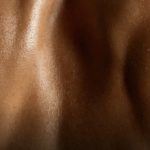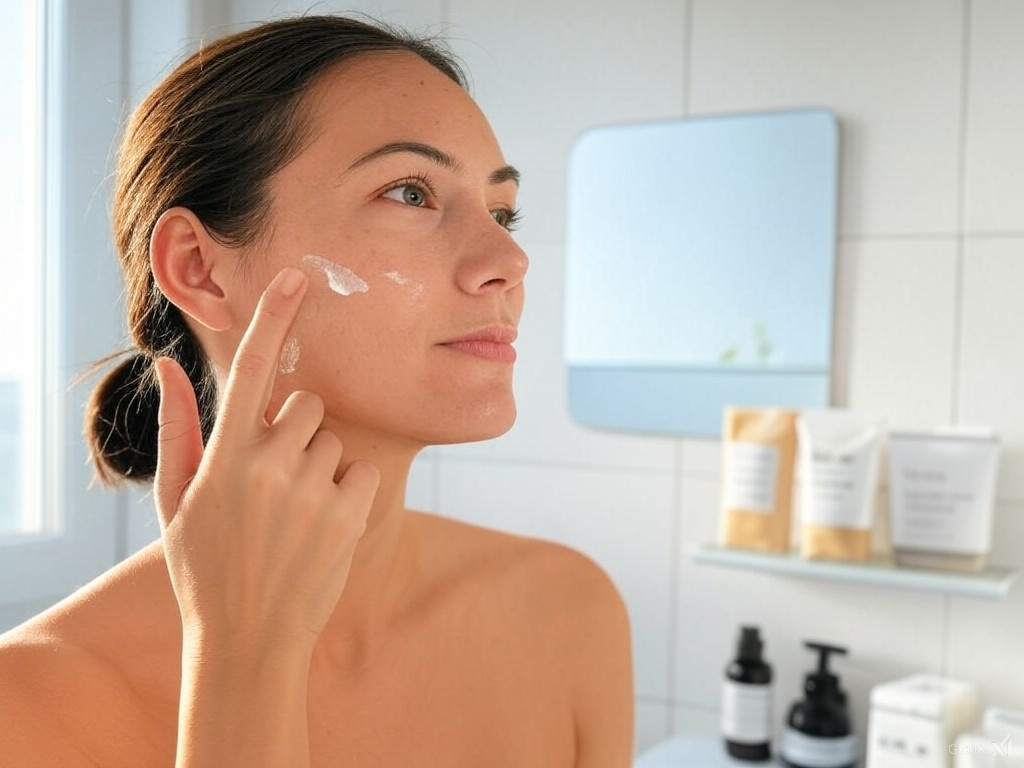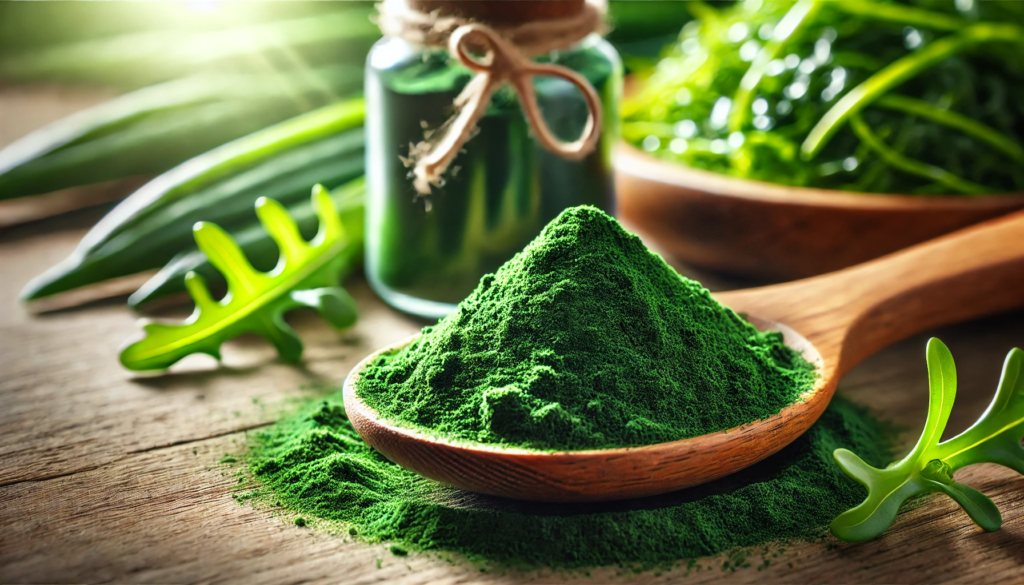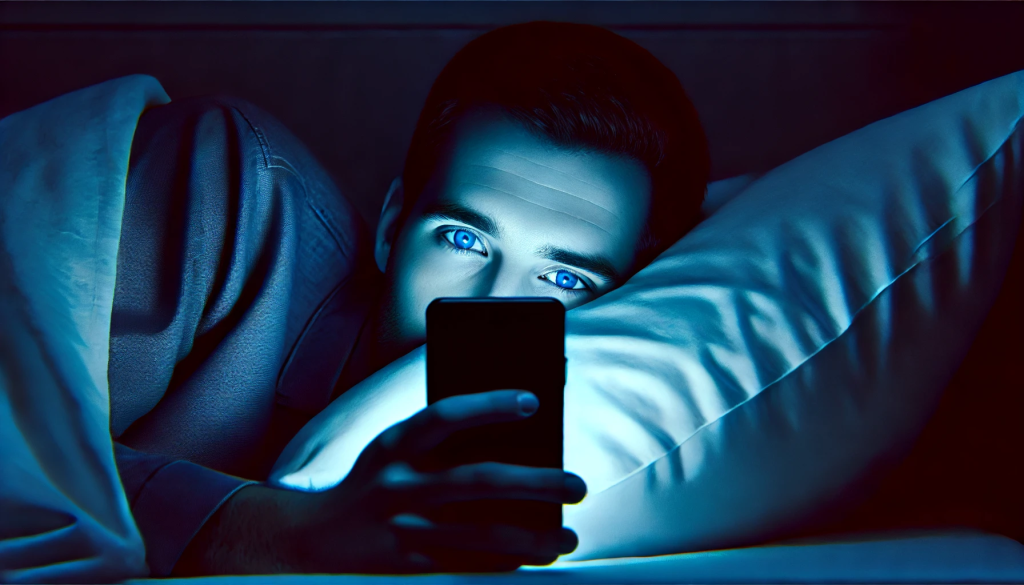Beauty Trends 2025, What does the future of beauty look like? With the U.S. beauty market projected to surpass $91 billion by 2025, the industry is brimming with innovation, sustainability, and inclusivity. From AI-driven skincare tools to biodegradable packaging, the trends of 2025 not only reflect consumer preferences but also set the stage for a transformative era. In this article, we delve into the most compelling developments shaping the beauty world, backed by the latest statistics and insights.
As we step into 2025, the beauty industry continues to evolve, merging cutting-edge technology with sustainable practices and inclusivity. This article explores the most prominent beauty trends, popular products, innovative procedures, and the companies leading the charge. With the U.S. beauty market projected to reach $91 billion by 2025, these trends offer a glimpse into what’s driving consumer choices.
1. Sustainability Takes Center Stage
Environmental consciousness remains a dominant theme in the beauty industry. Modern consumers are not only aware of the environmental impact of their purchases but are actively seeking ways to align their beauty routines with eco-friendly practices. For example, a NielsenIQ survey revealed that 52% of U.S. beauty shoppers prioritize sustainable products, a significant jump from 38% in 2023.
This trend is evident in the rise of refillable cosmetics from brands like Fenty Beauty, which offers sleek and reusable packaging for foundations, and Kjaer Weis, known for its luxury refillable compacts. Similarly, waterless beauty products, such as shampoos and cleansers developed by L’Oréal and Unilever, are reducing water consumption in production and usage, appealing to eco-conscious buyers.
Biodegradable packaging is also capturing consumer interest. Brands like Biossance and Herbivore Botanicals are at the forefront, creating packaging solutions that decompose naturally and minimize landfill waste.
What’s driving this shift? Stories from beauty forums and social media highlight how younger consumers, particularly Millennials and Gen Z, are prioritizing brands that match their values. Many share anecdotes of switching to sustainable beauty options after learning about the environmental impact of traditional products. The message is clear: beauty consumers no longer want products that only enhance their appearance; they want their purchases to make a positive impact on the planet.
Environmental consciousness remains a dominant theme in the beauty industry. Consumers are demanding transparency, eco-friendly packaging, and sustainable ingredients.
Key Products and Brands:
- Refillable Cosmetics: Brands like Fenty Beauty and Kjaer Weis are offering refillable options for foundations, lipsticks, and eyeshadows.
- Waterless Beauty: Companies such as L’Oréal and Unilever are developing waterless shampoos and solid cleansers, reducing water consumption during production.
- Biodegradable Packaging: Biossance and Herbivore Botanicals lead with packaging that decomposes naturally.
Statistics:
- According to NielsenIQ, 52% of U.S. beauty consumers prioritize sustainable products, up from 38% in 2023.
2. Tech-Enhanced Beauty
The integration of technology is reshaping how consumers interact with beauty brands, making routines more accessible and effective than ever before.
Innovations:
- AI-Driven Skincare: Devices like the Opte Precision Skincare System analyze skin with precision, offering tailored solutions that save time and money. Users can see measurable results, as the technology ensures that serums target specific areas without waste.
- Virtual Try-Ons: AR apps from companies like Sephora and MAC Cosmetics not only make shopping convenient but also enhance inclusivity. These tools allow users from different demographics to experiment with products, building confidence in their purchases.
- Smart Mirrors: Gadgets such as the HiMirror go beyond simple reflections, providing real-time skin analysis, recommending products, and even tracking progress over time. This innovation bridges the gap between professional advice and at-home care, empowering consumers to take control of their routines.
Accessibility and Effectiveness:
Technology has democratized access to high-quality beauty solutions. For instance, virtual try-ons reduce the hesitation of online shopping, particularly for foundation or lipstick shades. Meanwhile, AI tools are revolutionizing skincare by eliminating guesswork and ensuring precise, effective treatments. Consumers report higher satisfaction levels when they can see tangible improvements in their skin or makeup application.
Statistics:
- The global beauty tech market is projected to grow at a CAGR of 19.6%, reaching $20 billion by 2025.
The integration of technology is reshaping how consumers interact with beauty brands.
Innovations:
- AI-Driven Skincare: Devices like the Opte Precision Skincare System analyze skin and apply customized serums.
- Virtual Try-Ons: AR apps from companies like Sephora and MAC Cosmetics allow users to test makeup virtually.
- Smart Mirrors: Gadgets such as the HiMirror provide real-time skin analysis and beauty tips.
Statistics:
- The global beauty tech market is projected to grow at a CAGR of 19.6%, reaching $20 billion by 2025.
3. Inclusive Beauty
Diversity and inclusion remain integral to the beauty industry’s growth. Brands are expanding shade ranges, formulating products for diverse hair textures, and promoting gender-neutral cosmetics.
Key Players:
- Rihanna’s Fenty Beauty: Continues to lead with its 50+ foundation shades.
- SheaMoisture: Focuses on products for textured hair, gaining a loyal following in Black communities.
- Fluide Beauty: Pioneers gender-inclusive makeup, offering vibrant shades and universal formulations.
Statistics:
- In 2024, 67% of beauty consumers stated that diversity influences their purchasing decisions (Statista).
4. Focus on Skinimalism
Consumers are simplifying their skincare routines, prioritizing quality over quantity. This trend, often called “skinimalism,” has gained traction across social media platforms. For instance, TikTok influencers frequently showcase their minimalist routines, highlighting the benefits of sticking to a few high-quality products rather than overwhelming their skin with numerous steps. One viral example is a user demonstrating how she replaced a 10-step routine with just three products, resulting in healthier, clearer skin.
Popular Products:
- Multi-Use Products: Drunk Elephant’s Protini Powerpeptide Resurf Serum combines peptides and exfoliants in one.
- Hybrid Cosmetics: IT Cosmetics CC+ Cream offers coverage, hydration, and SPF.
- Minimalist Serums: Brands like The Ordinary and Paula’s Choice focus on single-ingredient efficacy.
Statistics:
- Skincare sales in the U.S. grew by 15% in 2024, with minimalist products leading the charge (NPD Group).
Consumers are simplifying their skincare routines, prioritizing quality over quantity.
Popular Products:
- Multi-Use Products: Drunk Elephant’s Protini Powerpeptide Resurf Serum combines peptides and exfoliants in one.
- Hybrid Cosmetics: IT Cosmetics CC+ Cream offers coverage, hydration, and SPF.
- Minimalist Serums: Brands like The Ordinary and Paula’s Choice focus on single-ingredient efficacy.
Statistics:
- Skincare sales in the U.S. grew by 15% in 2024, with minimalist products leading the charge (NPD Group).
5. Holistic Wellness Meets Beauty
The lines between beauty and wellness continue to blur, with consumers embracing products that enhance mental and physical well-being.
Trends:
- CBD-Infused Skincare: Lord Jones and Saint Jane promote calming, anti-inflammatory properties.
- Adaptogenic Beauty: Products from Moon Juice and Golde include adaptogens like ashwagandha for stress reduction.
- Beauty Supplements: Hum Nutrition’s Hair Sweet Hair Gummies and Skinade drinkable collagen are booming.
Statistics:
- 48% of U.S. beauty shoppers consider wellness benefits a key factor in product selection (Mintel).
6. The Rise of Advanced Aesthetic Procedures
Non-invasive treatments are gaining popularity, offering effective results with minimal downtime.
Top Procedures:
- Skin Tightening: Devices like Thermage and Ultherapy are in demand for their collagen-boosting effects.
- Injectables: Botox alternatives such as Daxxify and HA fillers like Juvéderm Volux are trending.
- Laser Resurfacing: Treatments using Fraxel and Clear + Brilliant provide skin rejuvenation.
Statistics:
- The U.S. non-surgical cosmetic procedures market is expected to grow by 9% annually, reaching $7 billion by 2025 (American Society of Plastic Surgeons).
7. K-Beauty and J-Beauty Influence
Korean and Japanese beauty innovations continue to captivate the U.S. market with unique formulations and philosophies.
Trending Concepts:
- Skin Barrier Repair: K-Beauty brands like Laneige emphasize hydration and protection.
- Japanese Cleansing Rituals: Brands such as Tatcha promote oil cleansers and rice polish.
- Multi-Step Routines: While skinimalism is trending, K-Beauty’s meticulous steps still attract purists.
Statistics:
- K-Beauty’s U.S. market share grew by 12% in 2024, highlighting its sustained appeal (Cosmetic Executive Women).
8. Gen Z’s Influence on Beauty Trends
With their penchant for authenticity and boldness, Gen Z consumers are driving significant shifts.
Key Preferences:
- Experimental Makeup: Bright colors and graphic liners from brands like NYX Professional Makeup.
- Viral Products: TikTok-driven trends have elevated items like the Rare Beauty Soft Pinch Liquid Blush.
- Affordable Innovation: Brands like e.l.f. Cosmetics deliver high-quality products at accessible prices.
Statistics:
- Gen Z accounts for 40% of TikTok’s user base, influencing beauty product sales via social media trends (Insider Intelligence).
9. Haircare Revolution
The haircare category is thriving, with innovations catering to diverse needs and sustainability.
Leading Trends:
- Scalp Health: Products like Briogeo Scalp Revival Charcoal Shampoo focus on detoxification.
- Heatless Styling: Tools like the Heatless Curling Ribbon are gaining traction.
- Vegan Formulas: Brands such as Vegamour emphasize cruelty-free and plant-based options.
Statistics:
- Haircare sales in the U.S. grew by 18% in 2024, driven by demand for scalp-focused and natural products (NPD Group).
10. Men’s Grooming Boom
Men’s grooming is no longer niche, with products tailored to skincare, beard care, and haircare.
Top Brands:
- Harry’s: Expanding beyond shaving to include skincare and haircare.
- Bevel: Focused on textured hair and sensitive skin.
- Jack Black: Offers a full range of high-performance grooming solutions.
Statistics:
- The men’s grooming market in the U.S. is set to reach $15 billion by 2025, with skincare products leading the growth (Statista).
Conclusion
Beauty in 2025 is defined by sustainability, technology, and inclusivity. Brands that adapt to these demands while staying innovative are poised for success. From refillable cosmetics to advanced aesthetic treatments, the trends highlight a consumer shift toward conscious, tech-savvy, and personalized beauty solutions.
Resources:
- NielsenIQ Report: “Sustainability Trends in Beauty”
- Mintel: “Beauty and Wellness Trends 2024”
- American Society of Plastic Surgeons: “2024 Cosmetic Procedure Statistics”
- Statista: “Inclusive Beauty Market Growth”
- Cosmetic Executive Women (CEW): “K-Beauty’s Impact on U.S. Markets”
















